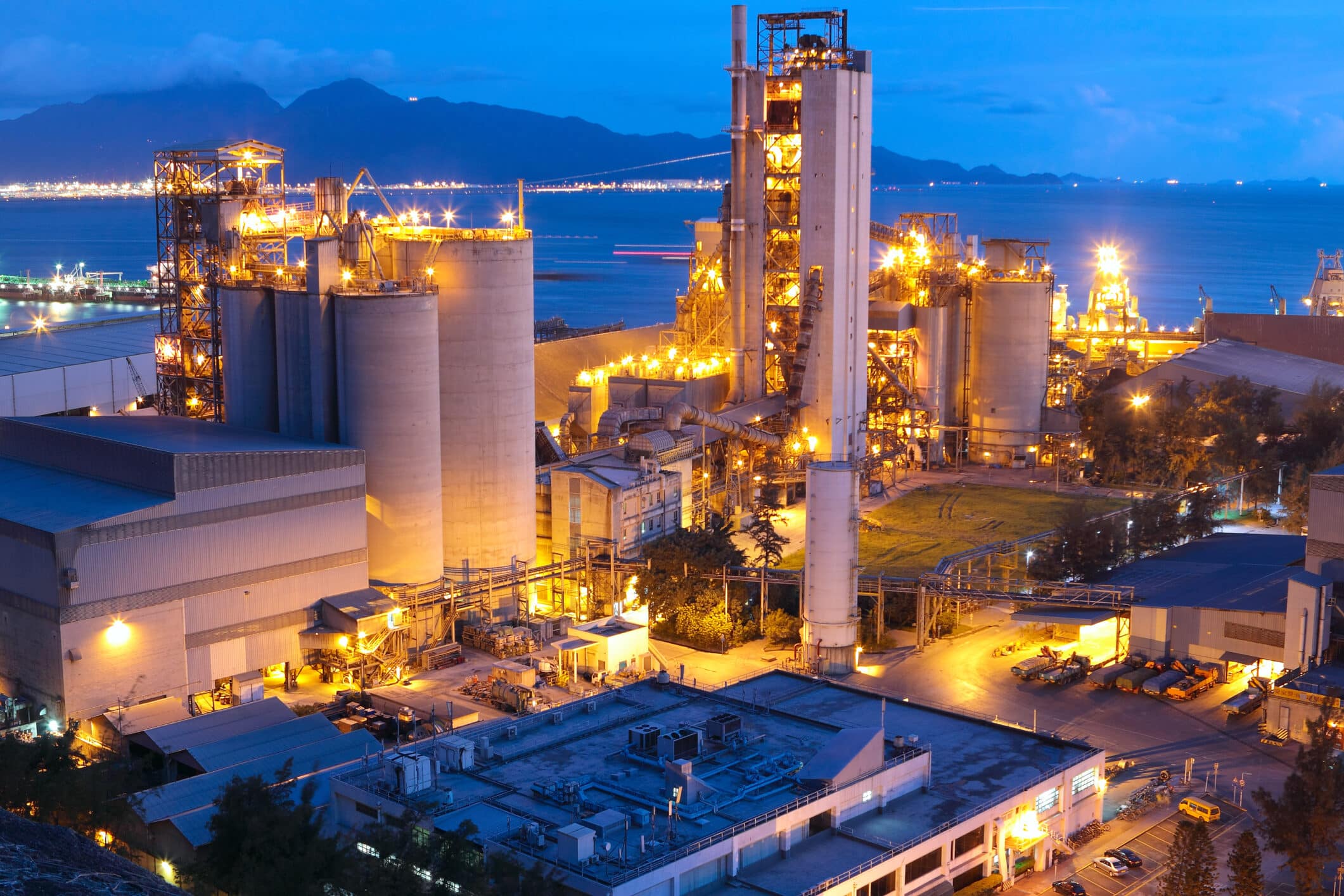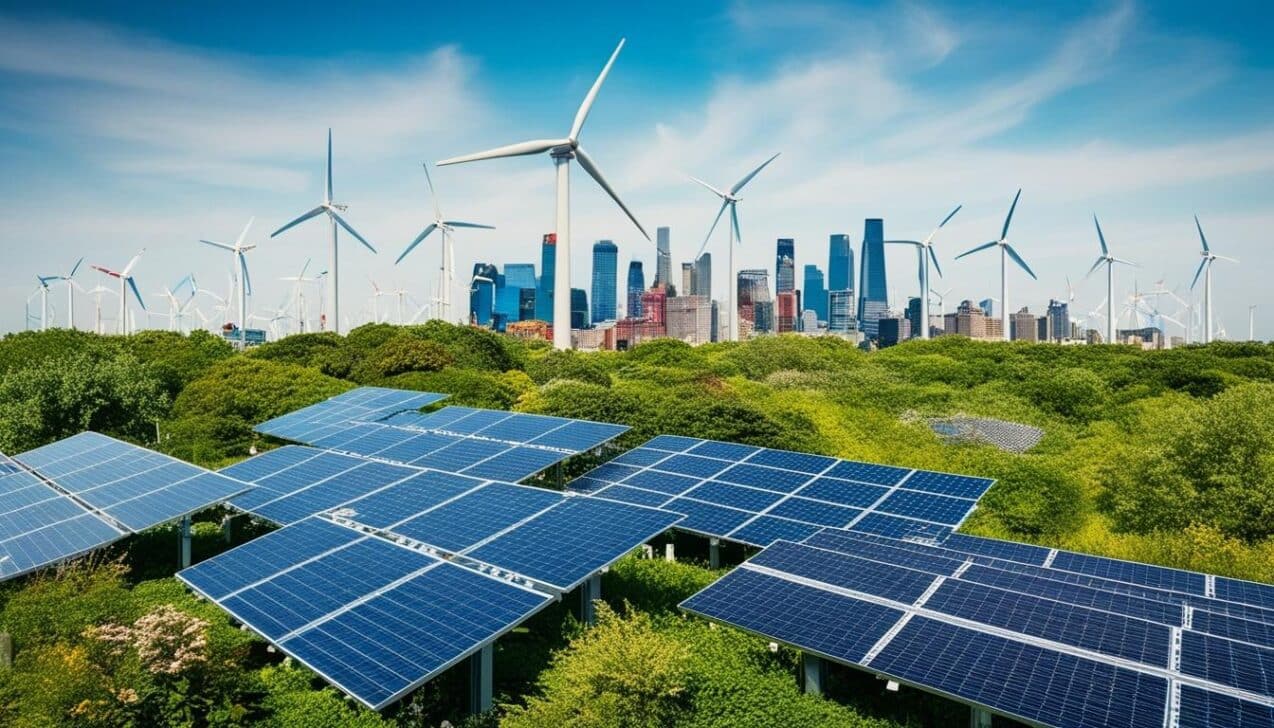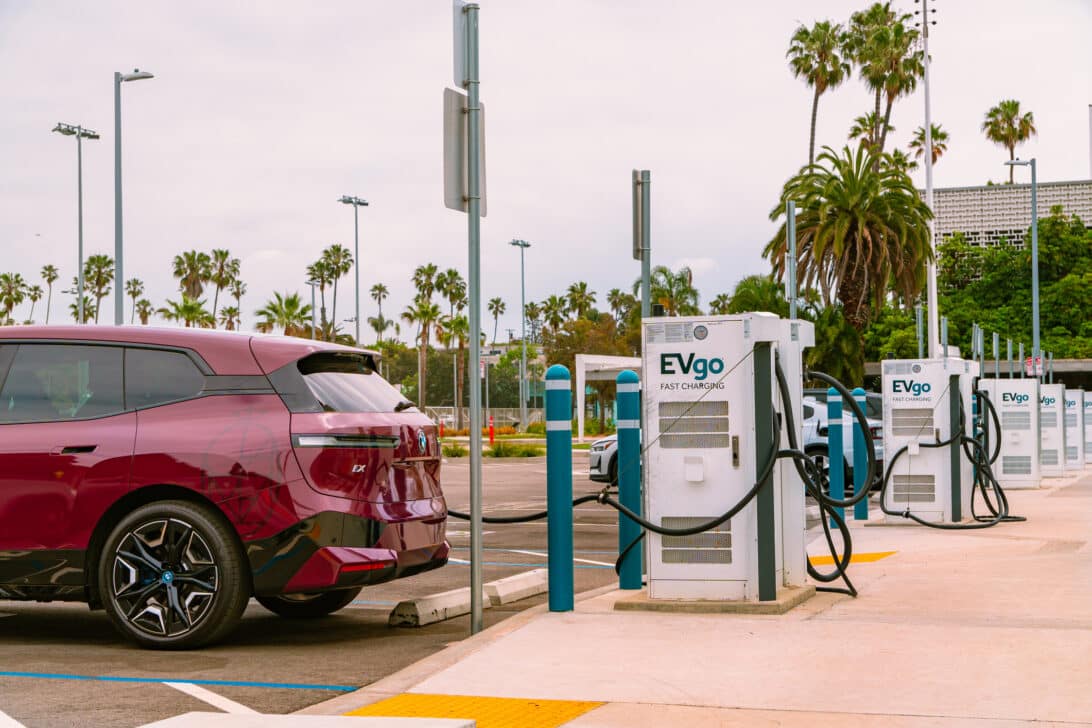Cement production is a major source of carbon emissions, contributing around 8 per cent of global annual emissions. While carbon capture and storage have been touted as potential solutions, they have not yet been proven at scale and are unlikely to be widely deployed until 2040. This is simply too late to slow climate change before we reach the 1.5 degrees Celsius tipping point.
So how do we bridge the gap?
New research by Carbon Re, an AI company that works with cement makers to reduce emissions, found that the industry could deploy existing technologies to reduce these emissions by 0.8 gigatonnes per year by 2030. This is the equivalent of the total annual greenhouse gas emissions of the United Kingdom and France, combined.
The report, “Three technologies to reduce climate change”, detailed 13 technologies that could could potentially save 0.8 gigatonnes per year in emissions. Together, just three technologies could deliver 81 per cent of that: substitute cementitious materials, biomass and waste alternative fuels, and the use of Artificial Intelligence (AI) to improve processes.
But regulations also need to change. Carbon Re further recommends that policymakers remove barriers that hinder the decarbonization of cement, including overhauling the European Union’s Emissions Trading Scheme, and stipulating new standards for cement quality and performance. There are very few opportunities for individuals to have any impact on cement production, but lobbying regulators for better, faster controls seems important.
“Cement production is responsible for a greater share of carbon emissions than deforestation, global shipping and aviation combined,” said Sherif Elsayed-Ali, CEO of Carbon Re. “Yet the roadmap to decarbonize cement production heavily relies on carbon capture and storage technologies that have yet to be proven at scale and are not likely to be widely deployed until at least 2040.”
Failing to reduce CO2 before 2030 is going to be worse for the climate than achieving net zero in 2050 according to Elsayed-Ali, quoting an article in Nature.
There are two further technologies with longer-term potential, carbon capture via oxyfuel, and graphene, that could also lower emissions in the short term. However, Carbon Re noted that not all the technologies could be used together, and that capital investment costs will hold back many of them. It also dismissed green hydrogen as a viable solution due to the capital investment required in renewable electricity generation and hydrogen production.
Carbon Re says that its Delta Zero industrial decarbonization platform has the potential to cut fuel use by 10 percent and fuel-derived CO2 emissions by 20 percent, with no capital expenditure. This is done by using AI technology to model a cement plant’s production environment and optimize processes for the lowest possible CO2 output and fuel use.
Subscribe
Sign-up to receive our newsletter





